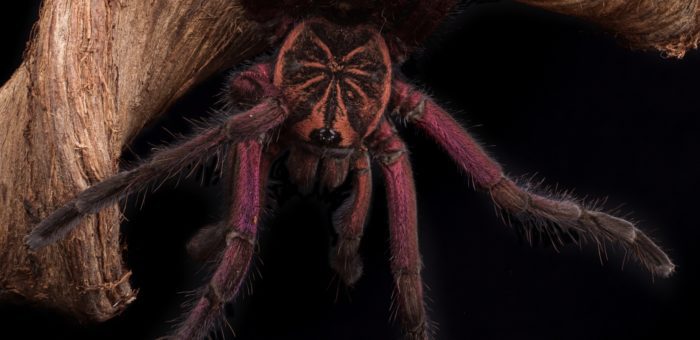Elegant gecko (Stenodactylus sthenodactylus)
Elegant geckos (sometimes known as Short-fingered gecko) are a small species of nocturnal geckos found in Norther Africa up into the Middle East – most found in captivity are originally from stock sourced in Egypt. They are a terrestrial species growing to around 6-8cm long. An interesting fact is within the taxonomy, the scientific name given is Stenodactylus sthenodactylus – the “h” shouldn’t be there, typos even existed when the species was originally described in 1823! Being from a desert region, they need an arid set up to thrive in captivity – much like a Leopard gecko in many ways, just in miniature. A small vivarium suffices, make sure there are no small gaps between the glass or elsewhere. Floor covering needs to be sand (don’t worry too much…

